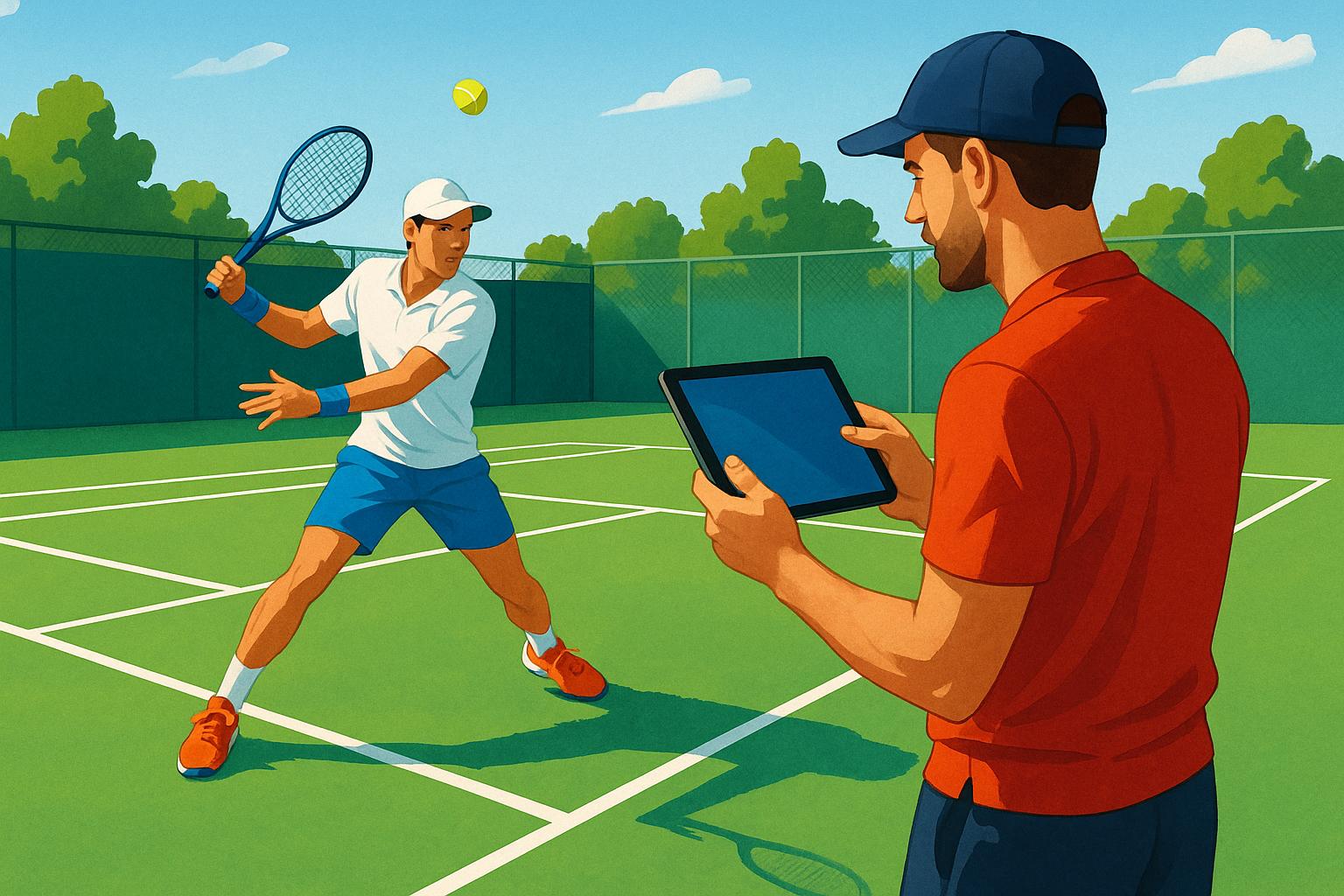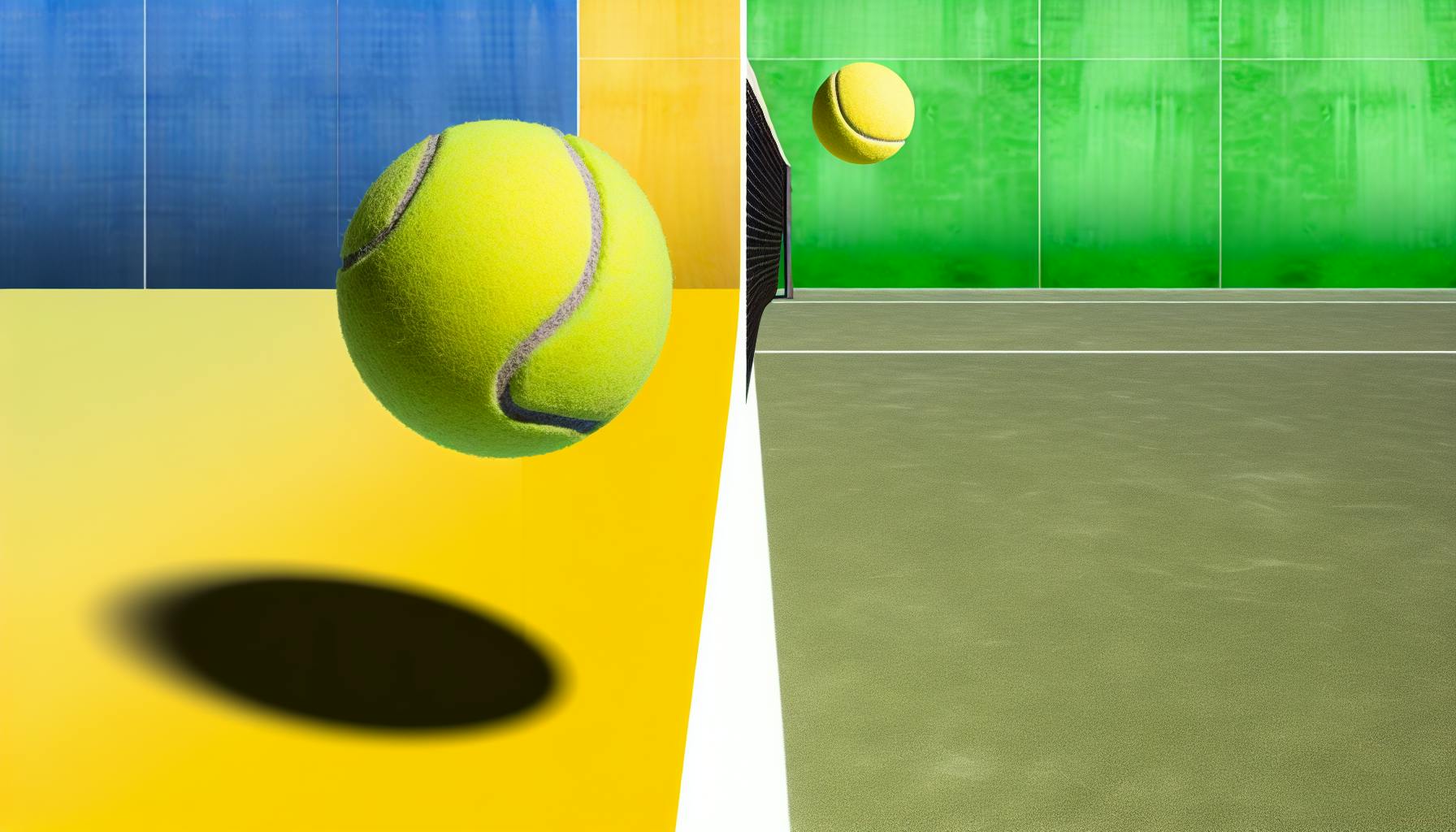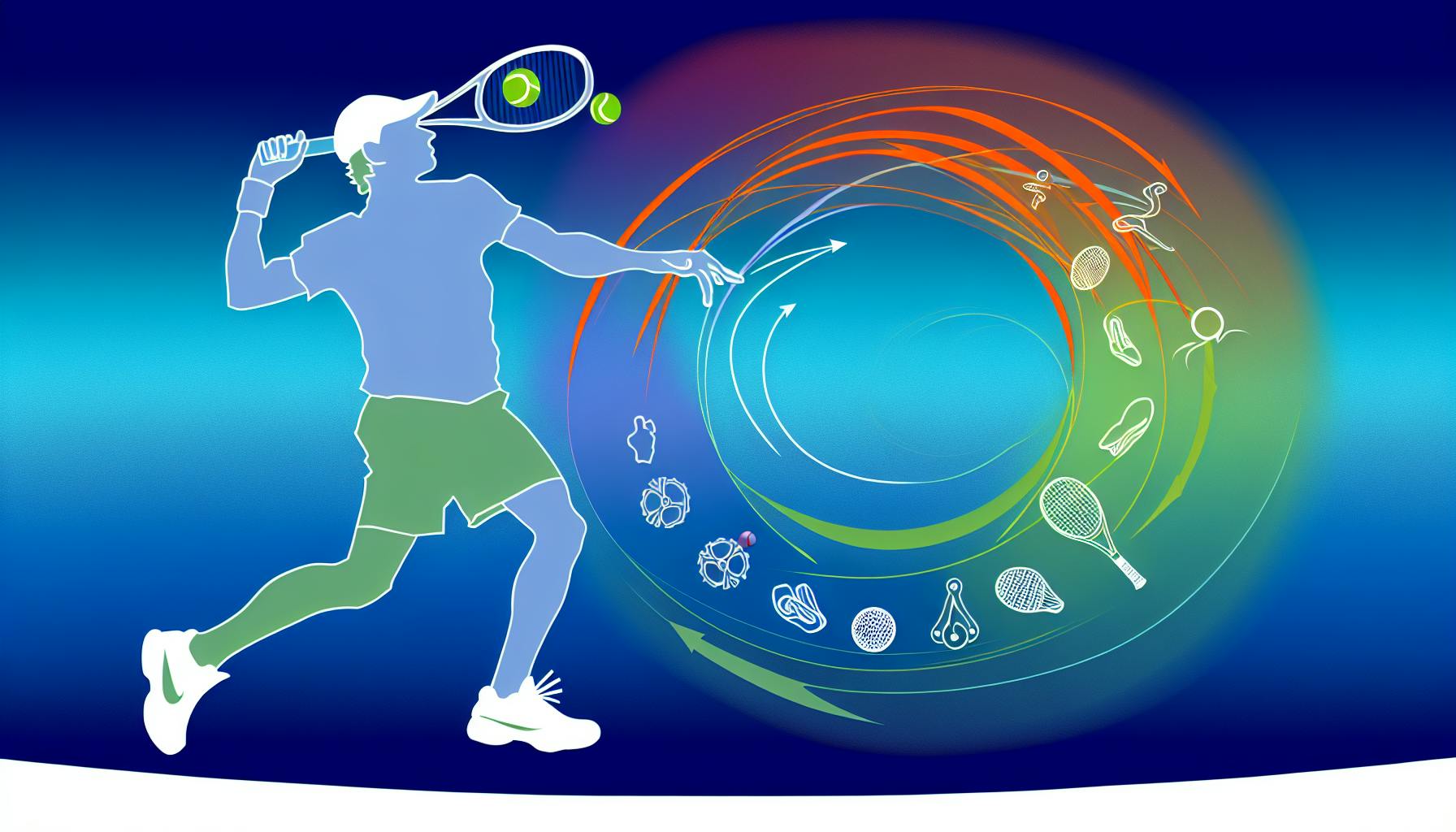Padel tennis is a dynamic sport that has grown from a leisure activity in a Mexican backyard to a global phenomenon with millions of enthusiasts. Here are the key points of its history and evolution:
- Originated in 1969 in Acapulco, Mexico, by Enrique Corcuera.
- Introduced to Spain in 1974 by Alfonso de Hohenlohe, sparking popularity in Europe.
- Growth across Spain, Europe, and Latin America through the 1980s and 1990s.
- Global Expansion with over 25 million players in more than 90 countries today.
- Professionalization with the establishment of the International Padel Federation in 1991 and the launch of professional tours like the World Padel Tour.
- Future Prospects include potential Olympic inclusion and continued global expansion.
Padel combines elements of tennis, squash, and racquetball, offering a unique and social sporting experience. Its accessibility, coupled with the low cost of constructing courts, has contributed significantly to its rapid growth. Looking ahead, padel is poised for even greater global expansion and professional development.
Chapter 1: Padel is Born - Enrique Corcuera's Backyard Court
The Invention of Padel Tennis
In 1969, a businessman from Mexico named Enrique Corcuera made the very first padel tennis court right in his backyard in Acapulco, Mexico. He got the idea from a similar sport but made some changes to make it his own. He mixed a little bit of tennis, squash, and racquetball to create something new.
- Corcuera put walls around a smaller than usual tennis court so the ball could bounce off them during the game
- The court was smaller and the net was lower, making it easier for everyone to play
- They used balls with holes and solid paddles to hit the ball, taking bits from different racquet sports
Corcuera called this new game "Paddle Corcuera". It was a hit among his friends for its fast and fun gameplay.
Padel's Early Popularity in Mexico
From the 1970s to the 1980s, more and more people in Mexico started playing padel because it was fun and you could play it competitively or just for fun:
- Rich people in Mexico built their own padel courts to enjoy with their friends
- Local clubs added courts and held tournaments for their members
- The game stood out because of its unique court and way of playing
- By the end of the 1980s, there were more than 1,000 padel courts all over Mexico
At first, padel was mostly played in Mexico. But it was only a matter of time before it started to catch on in other countries too.
Chapter 2: Padel Arrives in Europe - Alfonso de Hohenlohe Brings Padel to Spain
Padel Reaches the Costa del Sol Resorts
In 1974, a Spanish businessman named Alfonso de Hohenlohe found out about Padel while he was on holiday in Acapulco, Mexico. He really liked the sport and decided to bring it back to Spain. When he got home, he built the first two padel courts in Spain at his Marbella Club resort.
- These were the first padel courts in Spain.
- The sport quickly became popular with members of the Marbella Club, including the famous tennis player Manolo Santana.
- Soon, other clubs in the Costa del Sol area started building their own courts and organising local competitions.
Padel was easy to pick up and fun to play, which made it a big hit in Spain's southern coast. Hohenlohe played a big role in making Padel popular in Europe.
Padel Sweeps Across Spain
By the early 1980s, lots of people all over Spain were getting into Padel:
- More and more padel courts were built as more people wanted to play.
- The sport attracted people from all different backgrounds, both to play and to watch.
- Famous players like Juan Antonio Samaranch helped make the sport even more popular by taking part in big competitions.
- Because padel courts were cheaper and easier to build than tennis courts, it was easy for clubs and communities to start playing.
A few reasons why padel became so popular in Spain include:
- Inexpensive Startup Costs: It was cheaper to build padel courts than tennis courts, so more could be built quickly.
- Social Atmosphere: Padel is a fast and fun game that's great for hanging out with friends.
- Prominent Advocates: Having well-known people like Hohenlohe support padel helped a lot in making it a well-known sport.
By 1990, Spain had over 1,000 padel courts. Now, there are over 17,000 courts and 5 million people playing padel in Spain. It's the second most popular sport in the country, right after football.
Chapter 3: Padel Goes Global - International Growth and Competitive Structures Emerge
Structures for Global Growth - Competitive Tours and Federations
The International Padel Federation (FIP) was set up in 1991 by Spain, Argentina, and Uruguay. It was a big step in organising padel worldwide. The next year, Madrid was the first city to host the World Padel Championships with teams from Spain, Argentina, the UK, and France.
By 2000, Spain had more than 500 padel clubs.
In 2005, the Padel Pro Tour started. It was the first big tournament series for Padel. This later changed to the World Padel Tour in 2013, which is still the top series for Padel matches around the world.
Padel Expands Worldwide
From the 1990s, padel started to grow outside of Spain and Europe. It became popular in places like:
- Latin America: Especially Argentina, Brazil, and Mexico where people already liked racquet sports.
- Asia: Countries like Japan and China set up their own padel groups.
- North America: The US got its Padel Association in 1993 and then another group in 1995. Clubs started to have padel courts.
The World Padel Tour and the setup of official Padel groups helped make the sport more known and gave it a set of rules.
More people around the world started playing Padel because it's easy to learn, fun to play with friends, and there are lots of tournaments and tours. Famous people and groups supporting Padel also helped it grow.
Now, padel is played in over 90 countries by about 25 million people, making it one of the sports that is growing the fastest. It looks like Padel will keep getting more popular all over the world.
sbb-itb-5591e69
Chapter 4: Padel as a Modern Global Phenomenon
Padel tennis has really taken off lately, becoming super popular all over the world. Here are some quick facts to show just how big it's gotten:
- There are now 25 million people playing in over 90 countries
- In the last 3 years, nearly 10,000 new courts have been built
- Almost 3,000 new clubs have popped up in the last 3 years, which is about 29 new clubs every week
- It's one of the fastest-growing sports out there
Driving Factors Behind Padel's Global Rise
A bunch of reasons have helped Padel become so popular:
- Accessibility: It's really easy for anyone to start playing padel. The rules are simple, and the game is played in pairs, which makes it a fun social activity.
- Exciting Play Style: The game is quick, you play close to the net, and you can hit the ball off glass walls. This makes it really fun to play and watch, especially if you like tennis or squash.
- Versatile Facilities: Padel courts are cheaper and easier to build than tennis courts. You can add them to existing sports clubs or build new ones without too much trouble.
- Health Benefits: Playing Padel is a great workout. It's also less likely to cause injuries compared to some other racquet sports.
- Established Structure: There are professional tours, big tournaments, and national groups that organise the sport and make it more visible.
Projecting Future Trajectory
Looking at how things are going, padel is likely to become even more popular:
- It could be one of the top 4 sports in the UK in the next 10 years
- More growth is expected in North America and Asia
- There will be more money coming into the sport through sponsorships and more games shown on TV
- It might even be added to big sports events like the Olympics
Padel tennis is on its way to becoming a big deal worldwide, for both casual players and pros. It's got a special mix of fun and competition that could attract even more fans in the future.
Chapter 5: The Future of Padel Tennis
Padel tennis is getting more popular every day. It started as a fun game in Mexico and now people all over the world are playing it. But what's next for padel tennis?
Continued Global Expansion
We think more and more people will start playing padel tennis, especially in big countries like the United States, China, and India. These places have lots of people and they like racket sports, so padel has a good chance to grow there.
To help it grow, it's important to have local clubs, competitions, and groups to organize everything. This helps more people to play, whether just for fun or in serious matches.
We also think Padel will become more popular in parts of Europe where not many people play it yet, like Germany, Russia, and the Nordic countries.
Rise of Professional Tours and Players
The professional side of Padel will get bigger too. We'll see more tournaments with bigger prizes which will attract the best players.
Big companies and TV channels will also start to support Padel more, giving it more money and making it more popular.
In the end, professional padel could be as big as sports like tennis and squash.
Will Padel be Included in the Olympics?
Padel will not be included in the Paris 2024 Olympics however lots of people think Padel will be in the Olympics soon, maybe by the 2028 games in Los Angeles.
Padel has what it takes to be an Olympic sport - it's popular around the world, both men and women play it, it's fun to watch, and it has rules against doping.
Being in the Olympics would make Padel even more popular and show it's a big sport.
Innovations to Enhance Play
There will be new things to make padel even better, like lighter rackets, better balls, and new types of courts.
We might also see new tech like sensors to keep track of the game, machines to make calls, and better lights for playing at night.
These changes will make Padel more fun to play and to watch.
Conclusion
With millions of people playing padel tennis and more starting every year, it's on its way to being one of the top sports in the world.
It's a game that's easy to start but can also be very competitive. And with more people getting to know about it, the future looks bright for Padel tennis.
Conclusion: Padel's Extraordinary Journey
Padel tennis has come a long way from its start over 50 years ago in a backyard in Acapulco, Mexico. It began with Enrique Corcuera creating a new game for fun and has grown into a sport loved by millions around the world.
Here's how Padel got so big:
- 1974: After seeing padel in Mexico, Alfonso de Hohenlohe brought it to Spain, where it quickly caught on.
- Early 1990s: Groups formed to organize padel games and competitions on a big scale. The International Padel Federation started in 1991 and the first big international competition was in 1992.
- 1990s Onward: Padel began to spread to other places, reaching Europe, Latin America, Asia, and North America. By 2013, the World Padel Tour was the top competition for padel.
- Today: About 25 million people play Padel in over 90 countries. It's become one of the fastest-growing sports, with more and more places to play popping up all the time.
What makes Padel so popular? It's easy for anyone to pick up, it's fun, it's good for your health, and there are clear rules and competitions.
Looking ahead, padel is set to get even bigger. It's growing fast in Europe, Asia, and the Americas. More professional competitions are starting, and there's even talk about including Padel in the Olympics.
From a fun game in a backyard to a worldwide sport in just 50 years, padel's journey is pretty amazing. It looks like it will keep getting more and more popular.
Related Questions
Where did Padel originate from?
Padel started in 1969 in the backyard of a man named Enrique Corcuera in Acapulco, Mexico. He wanted a tennis court but didn't have enough room, so he made a smaller court with walls that the ball could bounce off. This new game mixed parts of tennis, squash, and basque pelota, creating what we now know as padel tennis.
Was Padel invented in Spain?
No, padel was not invented in Spain. It was created in Mexico by Enrique Corcuera in 1969. However, it was introduced to Spain in 1974 by Alfonso de Hohenlohe who found the game in Acapulco and brought it back to Spain. He built the first two padel courts at his resort in Marbella, which helped make the game popular there.
Why did Padel become popular?
Padel became popular for a few reasons:
- It's easy to pick up and play, even for beginners
- The games are quick and fun
- The smaller court size makes it a good game to play with friends
- It's a great way to get some exercise
- Building padel courts doesn't cost a lot of money
- There's a clear system for playing competitively, from casual games to pro matches
What is Padel called in America?
In the United States, people often call padel "paddle tennis." The two names mean the same sport. Some places in America use "paddle tennis" more, but "padel" is becoming more common as the international name for the sport.


